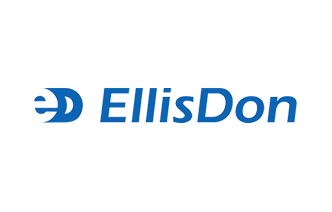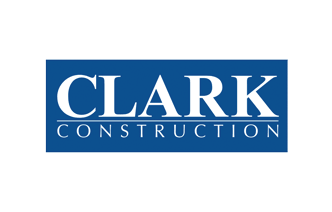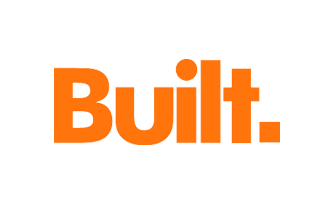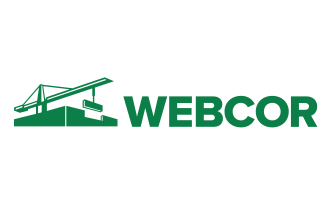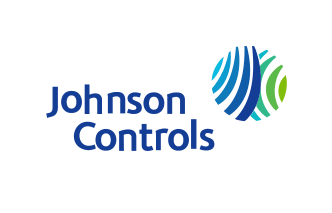How to Successfully Plan the Risks Going Into a Construction Project

No doubt, construction is a risky business. Every construction project is uniquely different, and the distinctive characteristics of the industry - such as high-cost intensity and lengthy durations - also add an additional layer of complexity to the risk landscape.
Construction projects are prone to failure when things have gone pear-shaped - that is to say, risk events that have materialized, threatening project deliverables. You can find yourself also in search of a skilled workforce that can significantly affect productivity.
Health and Safety Hazards
If you have enough workers for your construction project, you may face health and safety hazards on the construction site.
According to OSHA, one in five deaths among U.S. workers is in the construction industry - so you should keep your workers safe on the construction site, and here is how:
- Infection prevention and control (IPC) plans should be adopted.
- Clean and disinfect all working surfaces more times a day.
- Make sure workers are properly trained and equipped.
- Adopt site preparation strategies to prevent injuries.
- Replace some of the hazardous works with robots or drones.
- Adopt measures to prevent alcohol and substances abuse.
- Invest in technology like mobile apps for knowledge sharing.
- Analyze and update company safety policies.
The Importance of Project Risk Planning
As the saying goes, he who fails to plan is planning to fail. Construction project managers often harp on the same string - how project success goes hand in hand with proper planning. As seen on the graph below there are several things that are having the biggest impact on the overall project success.
 Image source: Business 2 Community
Image source: Business 2 Community
Setting up a good game plan that deals with risks for every construction project is one of the first stepping stones to achieving project success. Statistics have shown that projects with implemented proper project management practices are 2.5 times more successful, and these practices lead to a significant step-up in the chances of project success, better risk reduction, and increased cost-efficiency.
Here are steps you should take to ensure the success of your project:
- Define timeline, milestones, and the budget.
- Try to predict possible problems (bad weather, workforce shortage, supply shortage…)
- Create a clear communication plan.
- Stay on top of the trends including new equipment and technology, software project management solutions, and so on.
- Always be prepared for the unexpected - and be ready to respond.
Workflow of Risk Planning
Every project speaks a unique story on its project deliverables - these are typically cost, quality, and timing, and risk planning helps with keeping the narrative in check. But, it can be one of the knottiest project management processes, given the inherent nature of the industry.
Many contractors should be fairly aware of the typical risk management process:
- identifying risks
- prioritizing them
- treating the risks
- monitoring and reviewing them.
When it comes to devising a response strategy to treat risk, building practitioners often find themselves trapped in the dilemma between accepting risk with a contingency in place or accepting one without. Generally, the majority of risk strategies either fall under the risk acceptance or one of the risk mitigation categories.
 Image source: MHA Consulting, Inc.
Image source: MHA Consulting, Inc.
Acceptance and Contingency Risk Response Strategies
To successfully plan for risks going into a construction project, contractors should also learn to draw a line between the two different techniques of risk acceptance. We have active and passive acceptance of risks.
For risks that can be accepted without the need for any precautionary measures, we call this passive acceptance of risks. These risks are generally too small, and the costs of formulating and implementing strategies far outweigh the benefits.
On the other hand, active acceptance of risks refers to the opposite.
These are the ones that can be considered as being acceptable, but strategies have to be written down, with time or monetary contingencies, such as a general contractor insurance policy, set aside to deal with the risks when they occur.
Key Takeaways
Risk planning is an art that takes time and effort, but the payoff is priceless. No matter the runtime or genre of a story, it has to be based on a well-written chronicle to triumph.
For a construction project, this story arc is what we call a project plan, and risk planning forms a huge part of the blueprint to keep the project on track.
To understand how Fieldwire can help you mitigate risks in your projects, please register for a live demo below.
Sam Meenasian is the Operations Director of USA Business Insurance and BISU Insurance and an expert in commercial lines insurance products. With over 10 years of experience and knowledge in the commercial insurance industry, Meenasian contributes his level of expertise as a leader and an agent to educate and secure online business insurance for thousands of clients within the Insurance family.

 Sam Meenasian •
Sam Meenasian • 









